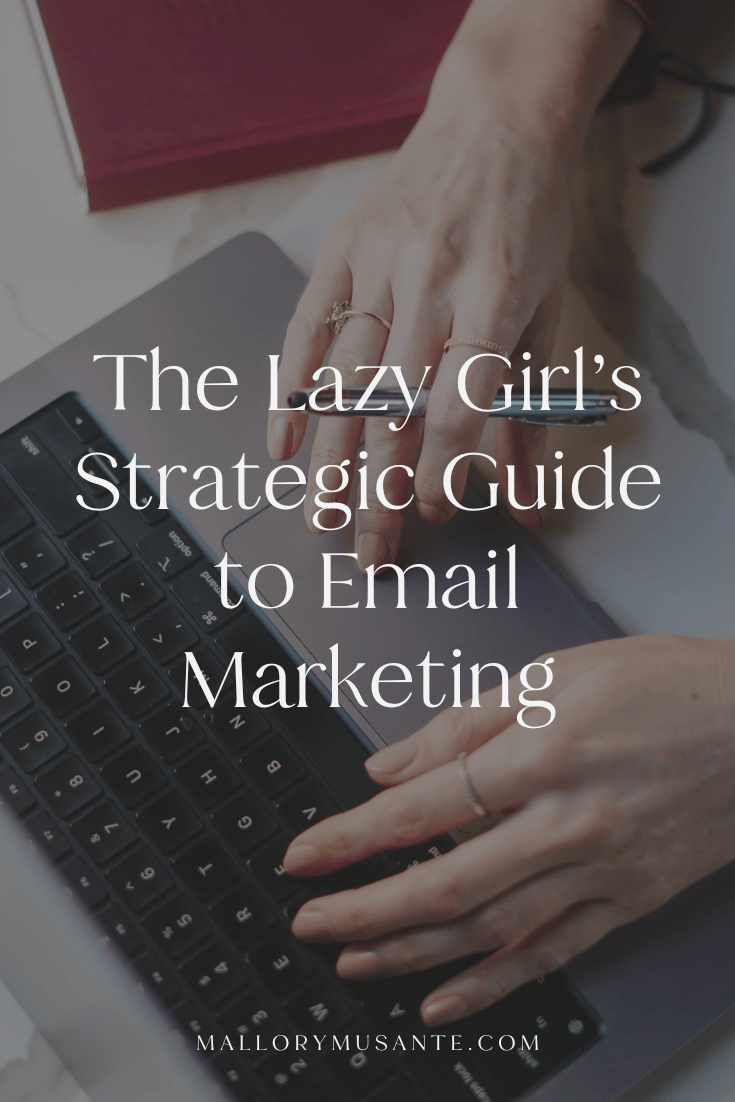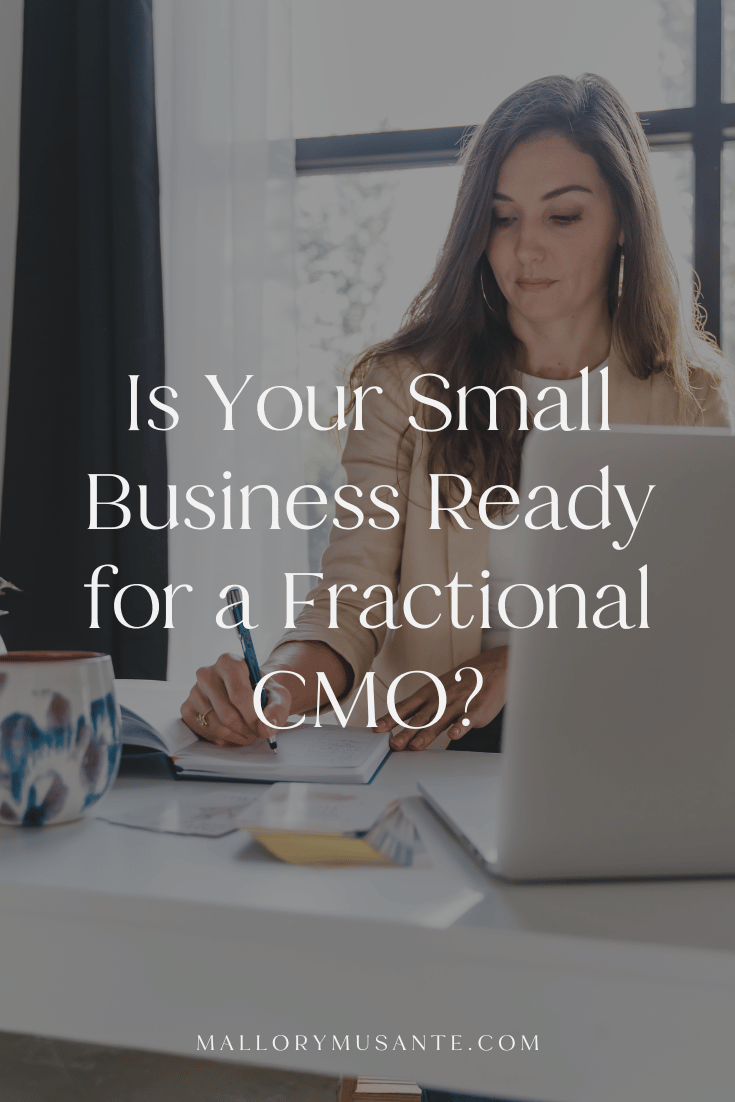5 Big Business Marketing Strategies You Can Use for Your Small Business
A lot of the time as small business owners, we can feel like we have to compete with the big boys and that can get overwhelming. We’re trying to keep up with large corporations and trying to grab a foothold in the industry which can lead to discouragement and just wanting to give up completely.
But if you ask me, we have some advantages as small businesses that big corporations don’t.
The primary one? We have a lot less red tape and can make pivots and decisions much faster. We don’t have to go to an executive or the board to get approval. We can just do the damn thing and see if it works, then make adjustments as we see fit.
Which also means we can adopt some of the same strategies these big businesses use and scale them up or down to fit our needs as a small business.
Let’s use their playbook to grow and scale… but in our own way!
Market research
I know we often think about market research as big focus groups but that’s just because that’s how we see larger companies doing it. You can still perform your own market research (both primary and secondary) to help you understand your target market and overall industry so you can make sure you position your business correctly.
What is primary market research and secondary market research?
Primary: Primary market research is done by collecting data yourself, often through surveys or interviews with your target market.
Secondary: Secondary research is a type of research that has already been compiled, gathered, organized and published by others and you can find it online, in reports and/or books.
Secondary research can provide you with a ton of information to get started. It helps you understand your industry and your key competitive advantages so you can ultimately figure out where to position yourself in the overall market to fill a gap.
But if you want to take it a step further, I’d recommend doing a little primary research. No, you don’t have to break the bank on this or organize an elaborate focus group.
Simply ask anyone in your target market if they’d take a short survey.
Or ask questions in your Instagram stories using the poll feature and/or the questions box.
This will help you get a better understanding of your target market on a deeper level and when you ask open-ended questions, it allows you to learn the phrases, words, and other language your target market actually used to describe your offerings/industry. Then you can use this to quite literally speak your target market’s language in your marketing. Learn more about this copywriting trick here!
A/B testing
A/B testing, also known as split testing, is when you experiment with two or more versions of a marketing variable (email subject line, for example) to determine which drives the best results that way you can optimize your marketing efforts for a higher ROI.
As a small business owner, you’ve probably heard of this in the context of email marketing but you can use this strategy for a lot of your marketing efforts including:
Email marketing subject lines
Copy + creative in your social media ads
Pages of your website
CTA buttons on your site (color or copy)
And many more marketing variables!
The most important thing to remember when running an A/B test is to only change one variable at a time. That way you can identify what is driving results and then test another variable later to continue to optimize and improve.
While you can easily perform A/B testing on your email subject line (a lot of email marketing platforms have this feature built into their paid versions!) or by trying it on your social ads, you can get much more advanced when it comes to your website and may need additional help. If you want to learn more about how to A/B test, Hubspot has a great resource for free.
Strategic partnerships, instead of acquisitions
When big companies want to expand their offerings, they typically acquire new businesses. Chances are an acquisition might not be in the budget but you can set up strategic partnerships to have a similar effect.
Think about complimentary industries, especially ones that will help you move into new areas of interest for your business, and reach out to create partnerships with key companies in those industries.
For example, I partner with branding and web design companies to help bring more strategy into their offerings. I also partner with graphic designers and copywriters so I can provide those services to my clients as well.
Big companies acquire, small businesses partner… and it can have a very similar affect!
Email automations + workflows
You may already use email automations to send out your lead magnet, for example, but there are so many other ways to use email automations that can streamline your marketing and your customer experience. This will help you nurture connections and promote sales without having to be so hands on. Here are a couple ways you can implement email automations to your advantage:
Nurture sequence: When someone signs up for your email list (whether that’s through your lead magnet or not), you should have an entire sequence welcoming and nurturing them. It should look something like: lead magnet/welcome email > additional free resources (can be affiliate links!) > introduce yourself/pitch your offer > down sell > move into regular email campaigns.
You can also get a lot more advanced and connect your email marketing system with your POS system and send customers specific emails after X amount of purchases with you or if they haven’t purchase in X amount of time, for example. This will help keep you top of mind and help with your customer retention.
Abandoned carts: Whether you’re selling physical products or digital products, setting up abandoned cart notifications can help you recoup some sales! Most platforms have standard abandoned cart emails set up but you can also customize when they go out and what they say. That way you can make it sound like your brand which will help them be even more effective!
New client onboarding: Want to book a call with new inquiries? Take that task off your hands by setting up an email automation. Here’s how I like to do it: I have inquiry forms on my site (different ones for different offers). When someone fills it out, I have an email that autosends to them that says,
“Thank you so much for reaching out! I'll respond to your inquiry within 48 hours but in the meantime, I'd love to invite you to set up a complimentary 20-minute discovery call to see if we'd be a good fit for each other.
I can't wait to learn more about you and your brand. I'll be in touch soon!”
The majority of the time people just set up their call and it’s one less task I have to do freeing up valuable time while also providing a more streamlined experience for potential new clients.
A CRM, like HoneyBook, will make setting up these workflows and automations really easy!
Position your brand as an industry leader
You do not have to be a big fish in a little pond to make a splash! Work on first getting visible through social media and your content strategy then add in a PR strategy (guest blogs or podcasts anyone?!), and then keep that momentum up.
Have a unique perspective/voice/opinion to help you stand out amongst the crowd. This will certainly establish you as a thought leader because you’re saying something different than most in your industry. Do not be afraid of going against the grain and having an unpopular opinion. People eat that shit up.
Becoming a thought leader is going to require you to also develop your personal brand outside of your business brand as well. You don’t have to separate the two but it may require you to be more of the face of your company. This gives people a look at who is behind the brand and shows you as the leader.
Think of it as you are the captain (thought leader) and your business is the ship (your services/offerings) you’re manning.
Don’t fall into the trap of feeling like you need to compete with big businesses. By taking your own, more agile, approach to the marketing strategies they use, you can gain a foothold and really establish your business in the industry to find success as well.
Want even more help with your marketing?
My Strategy Intensives provide you with a complete brand and marketing strategy based on market research and analysis and your own business metrics.
My 60-minute sessions are great if you need help brainstorming or working through a specific challenge.
Not sure what you need but know you could use some support? Reach out and I’ll help guide you in the right direction (whether that’s working with me or not!)































